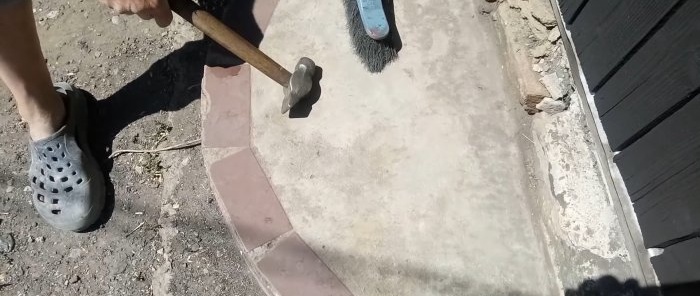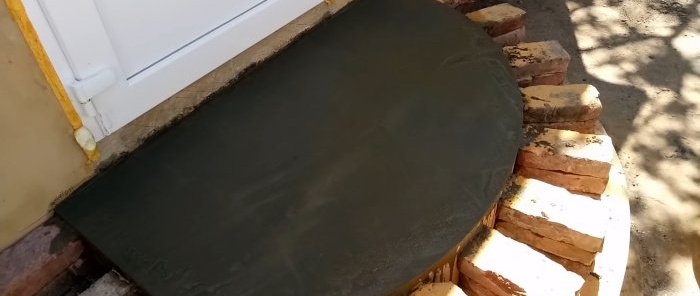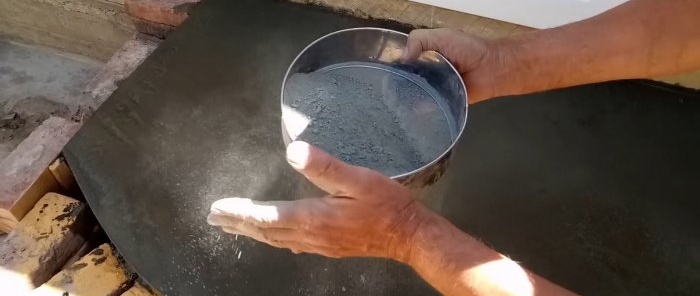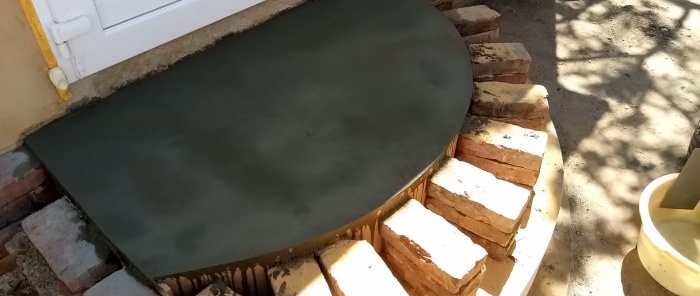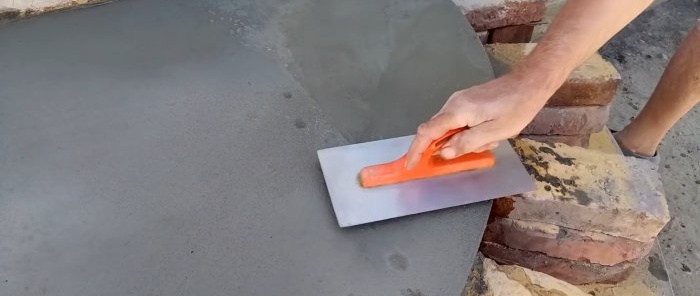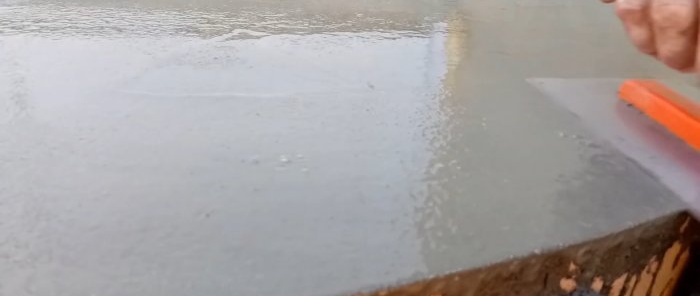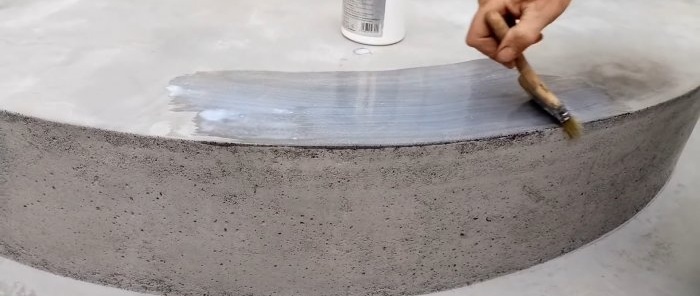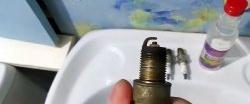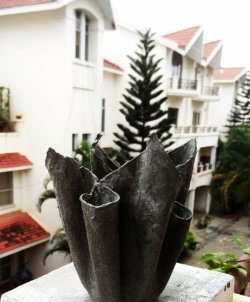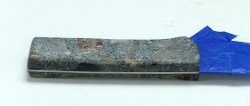Not a crack in 30 years: A method of strengthening concrete by ironing
To extend the life of the concrete screed, it is recommended to iron it. The method involves creating a very durable, wear-resistant thin layer on top of the concrete, which will prevent cracking and spillage. Correctly carried out ironing will extend the service life of a concrete surface exposed to precipitation for decades.
What you will need:
- cement;
- water;
- primer;
- brush;
- sieve;
- smoother or large trowel.
The process of ironing concrete
Ironing is carried out on setting, not yet dry concrete. It is ideal to start when air bubbles stop coming out of it and laitance comes out. Depending on the proportions of concrete used and its consistency, the right moment will come 20-40 minutes after smoothing is completed.
The setting screed is sprinkled with cement on top through a sieve. You need to dust the surface evenly. Then you need to smooth the screed with a moistened smoothing iron or trowel. If little cement laitance comes out, add water little by little.
Further, if the treatment area is small, then when you reach the end you need to pause for 5-10 minutes. When working on a large area, you can immediately begin the second stage from the same edge of the screed as the first time. Again, the same amount of cement is poured through the sieve, and smoothing is repeated with adding water.
It is enough to do 4 repetitions in order to ultimately obtain a durable protective layer, in the future, when you tap on it with a hammer, you can hear a ringing sound like an anvil. The process is not complicated, but scrupulous.
This ironing method is called “dry”. To achieve maximum crust strength, it is recommended to increase the layer thickness to 3 mm. In this case, the approximate cement consumption will be 5 kg/m2.
You can walk on the reinforced surface after 24 hours. After 4 days, weights can be placed on it; maximum strength is achieved after 28 days. A very important point when ironing is shading. While work is being carried out, the concrete should not be exposed to direct sunlight. It is optimal to iron it in the evening, or use something to shield yourself from the sun.
The iron surface will already become very smooth on the second day, without potholes or pores. Thanks to this, it will not become saturated with water, which freezes in winter, expands and tears the concrete. Dry ironing can be carried out on any horizontal hardening open surfaces. It is advisable to saturate the concrete with a primer after 2 days so that it repels moisture even better.
Watch the video
Similar master classes
Particularly interesting
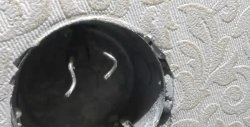
How to install a socket if there are short wires left
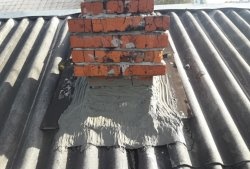
How to eliminate gaps between the chimney and slate
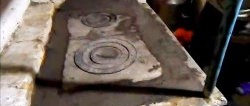
How to mix an ultra-reliable solution for the oven that does not give
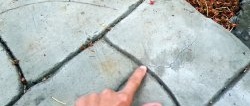
There will be no more cracks: What to add to concrete to make it
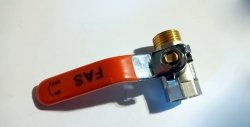
Never buy ball valves without checking with me
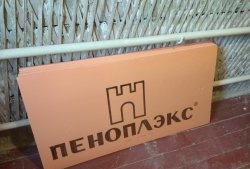
New technology for floor insulation with penoplex
Comments (1)

